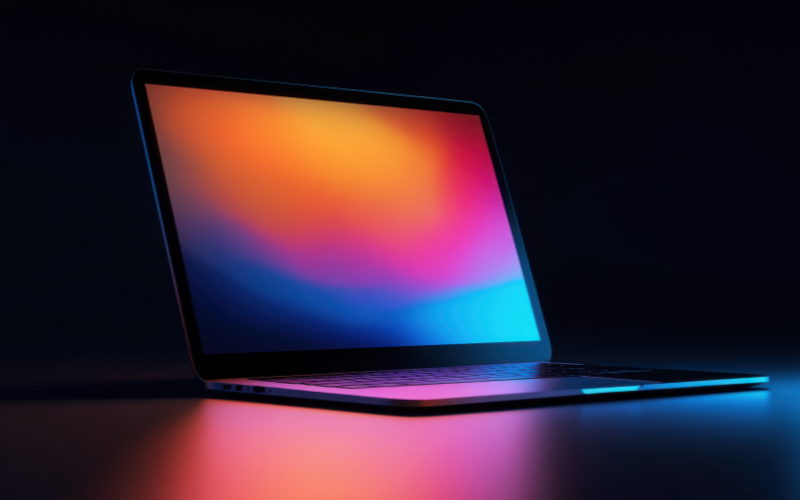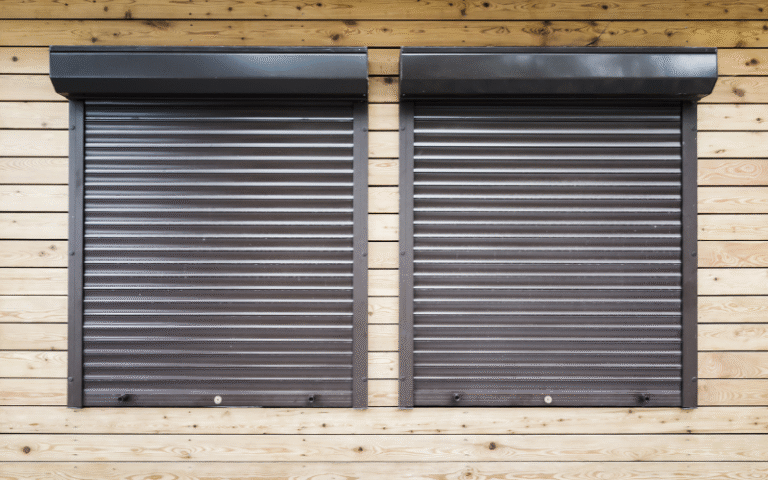How to Measure Laptop Screen – Learn Before Buying
When you’re buying a laptop bag, ordering a screen protector, or replacing a broken display, knowing your laptop’s screen size is essential. But many people wonder how to measure laptop screen correctly without confusing it with the laptop’s overall dimensions. Fortunately, there are simple ways to do it—using a tape measure, your laptop’s model number, or even system settings.
In this guide, I’ll walk you through step-by-step methods to measure your laptop screen, explain why screen size matters, and share tips for safe handling and screen care. By the end, you’ll know the exact size of your laptop screen and how to use that knowledge effectively.
What Does Laptop Screen Size Mean?
Laptop screen size refers to the diagonal length of the display area, measured in inches. This means you measure from one corner of the screen to the opposite corner, excluding the outer plastic or metal frame (known as the bezel).
It’s important not to confuse screen size with:
- Laptop body size – the overall width, depth, and thickness of the device.
- Display size vs. visible area – some laptops may have thicker bezels, making the body bigger than the screen.
- Resolution – pixels (like 1920×1080) describe image clarity, not the physical size.
In short: screen size = diagonal viewing area, not the total laptop measurement.
Tools You Need to Measure Laptop Screen
Before measuring, gather the right tools:
- Soft measuring tape or ruler – flexible tape works best.
- Calculator or conversion tool – to convert centimeters into inches (1 inch = 2.54 cm).
- User manual or model number – for alternative non-measurement methods.
- Clean cloth – to wipe dust before measuring.
Safety Tip: Never press the screen hard while measuring. Screens are fragile, and applying pressure may cause cracks or dead pixels.
Step-by-Step Guide: How to Measure Laptop Screen with Tape
This is the most accurate and reliable way to measure your laptop screen.
- Shut Down and Unplug
Always turn off your laptop and disconnect it from power to avoid accidents. - Place Laptop on a Flat Surface
A desk or table works best for stable measuring. - Start Measuring from Bottom-Left Corner
Place your measuring tape at the inner edge of the bottom-left corner of the display area. - Stretch Diagonally to Top-Right Corner
Extend the tape across the screen to the opposite corner, making sure it stays flat. - Note the Measurement in Inches
Most laptop sizes are listed in inches (e.g., 13.3″, 14″, 15.6″). If you measure in centimeters, divide by 2.54 to convert. - Double-Check for Accuracy
Repeat once to ensure you didn’t include the bezel.
Example: If your tape shows 39.6 cm, dividing by 2.54 gives you 15.6 inches, which means your laptop has a 15.6-inch screen.
Alternative Methods to Find Laptop Screen Size
Not everyone has a tape measure handy. Luckily, there are other ways to check screen size.
1. Use Laptop Model Number
- Look underneath your laptop or inside the battery compartment for the model number.
- Enter it into the manufacturer’s website.
- Specs usually include screen size (e.g., Dell Inspiron 15 3000 = 15.6″).
2. Check System Settings
- Windows: Go to Settings > System > Display. While it won’t show size directly, pairing resolution with your model number can confirm it.
- macOS: Click Apple Menu > About This Mac > Displays to see screen details.
3. Read User Manual or Packaging Box
- Original packaging or manuals often list screen size clearly.
- Online product listings also provide accurate specs.
4. Use Screen Resolution as a Clue
Although resolution alone doesn’t tell you size, it can help you guess.
- 1920×1080 is common in 13.3″, 14″, and 15.6″ laptops.
- 2560×1600 is usually found in 16″ MacBooks.
Understanding Laptop Screen Aspect Ratio
Measuring the diagonal tells you size, but aspect ratio explains screen shape.
- 16:9 (Widescreen) – most common, ideal for movies and general use.
- 16:10 – slightly taller, common in modern ultrabooks.
- 3:2 – taller screens, popular for productivity (e.g., Microsoft Surface).
Two laptops can both be 15.6″, but one may be wider or taller depending on its aspect ratio. Knowing this helps when buying screen protectors or designing custom cases.
Why Accurate Measurement Matters
Getting the right screen size isn’t just about numbers—it’s practical.
- Laptop Bags & Sleeves – Choosing the wrong size can mean loose protection or a too-tight fit.
- Screen Protectors & Privacy Filters – Must match your exact diagonal size.
- Replacement Screens – Wrong size won’t fit into your laptop body.
- External Monitor Pairing – Helps you match or upgrade display size for productivity.
- Selling Your Laptop – Buyers often ask about screen size as part of specs.
Laptop Screen Care and Safety Tips
While measuring or using your laptop, follow these safety practices:
- Avoid Excessive Pressure – Laptop screens are fragile; even slight bending can damage them.
- Clean Gently – Use microfiber cloths; avoid alcohol or ammonia cleaners.
- Store Properly – Always use a correctly sized sleeve or case.
- Keep Liquids Away – Even small spills can ruin a screen.
- Handle with Both Hands – Don’t lift by the screen; always hold the base.
Pro Tip: Always measure your screen before buying accessories instead of guessing based on laptop size.
Common Questions (FAQs)
1. Do I measure with or without the bezel?
Without—the screen size refers only to the display area.
2. Why does my 15.6″ laptop not measure exactly 15.6″?
Manufacturers round screen sizes to the nearest tenth. A 15.6″ laptop may actually be 15.45″.
3. Can I find laptop screen size from resolution?
Not accurately—resolution shows clarity, not physical size.
4. What’s the difference between screen size and resolution?
Screen size = physical measurement.
Resolution = number of pixels.
5. How do I measure width and height, not diagonal?
Use a ruler to measure horizontally (width) and vertically (height). Multiply by aspect ratio if needed.
Conclusion
Measuring a laptop screen isn’t difficult—you just need to remember that size is always the diagonal display area, not the full laptop body. The most reliable way is to use a soft tape measure, but you can also confirm screen size using your laptop’s model number, manual, or system settings.
Accurate measurement matters when buying bags, screen protectors, or replacement panels, and a little care during the process keeps your laptop safe. Whether your screen is 13.3″, 15.6″, or 17″, knowing its size helps you make smarter choices and protect your investment.







